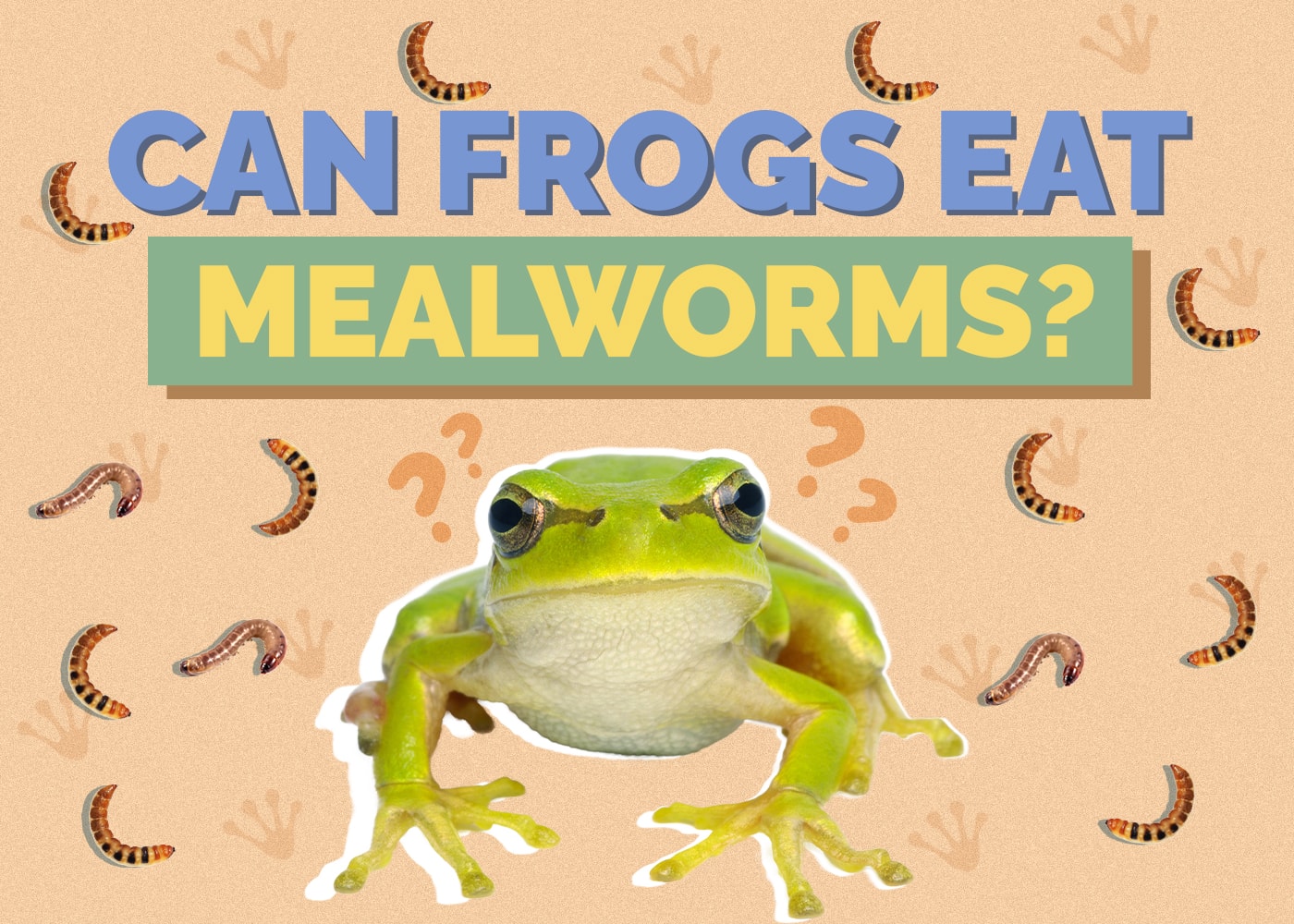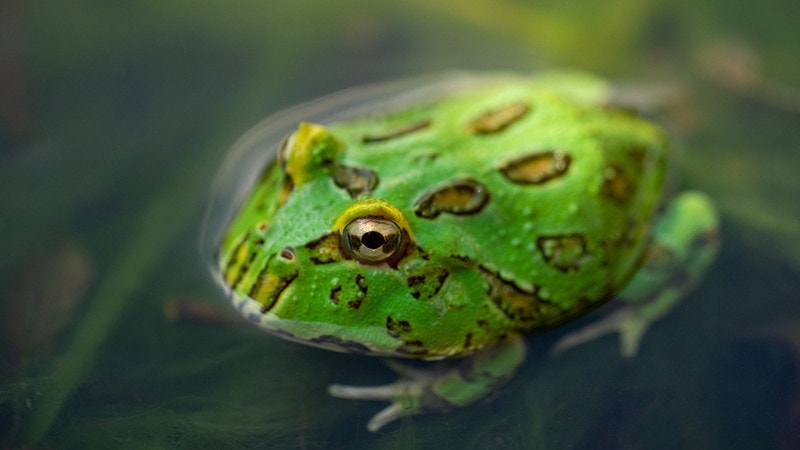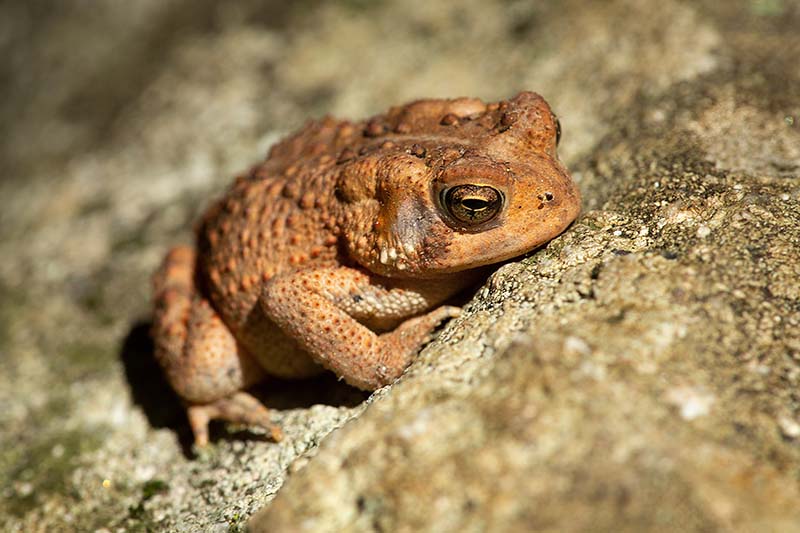Are American Toads Poisonous to Humans, Dogs, or Cats? Vet Approved Facts & FAQ
By Ed Malaker
Updated on
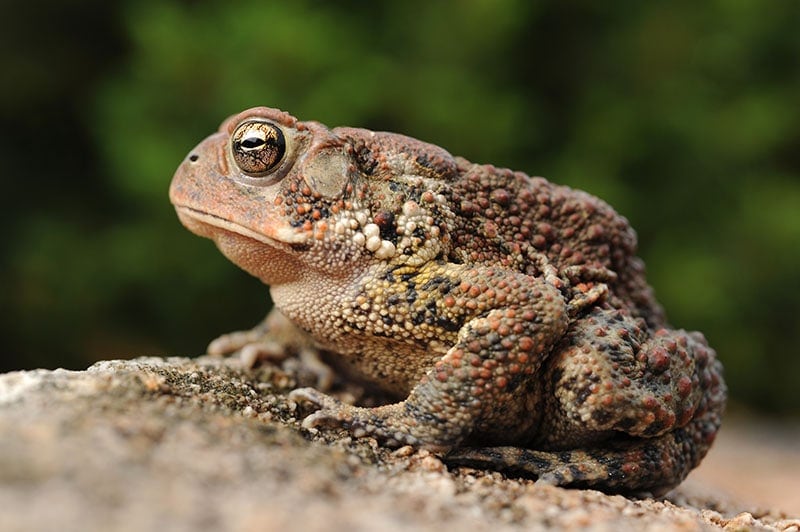
Click to Skip Ahead
American toads are fascinating amphibians found throughout North America. While they may appear harmless, many people wonder if they pose any danger to humans, dogs, or cats due to their toxic skin secretions. The short answer is yes, sometimes American toads can present a danger to cats and dogs. They are not a big risk to humans, though you should be careful handling them. Keep reading as we discuss the risks of encountering these toads and what you can do to keep yourself and your pets safe.
The American Toad
American Toads are medium-sized amphibians, with adults typically measuring 2.5–4 inches long. They have dry, bumpy skin that ranges in color from light tan to various shades of brown. Their eyes are golden or copper colored with horizontal elliptical pupils that provide a wide vision field. They have parotid glands behind their eyes, which are responsible for secreting a milky substance known as bufotoxin. This cocktail of chemicals acts as a defense mechanism against predators.

Toxicity Levels in American Toads
American toads are indeed poisonous, but like most toads in the United States, they are mildly toxic, although they can cause some dramatic signs. However, it’s important to note that two other species of toad- the marine or cane toad and the Colorado River toad- produce much more potent toxins. Exposure to these toxins can cause tremors, seizures, low heart rate and can be quickly fatal. The cane toad is found in Florida, southern Texas and Hawaii and the Colorado River toad is found in southern parts of Arizona, New Mexico and California.
Therefore it’s best to consider any toad encounters as potentially toxic, and contact a vet or doctor if you start noticing health problems.
Toxicity to Humans
American toads are not a significant threat to humans. However, you do need to be careful when handling them because the toxic secretions from their parotid glands can irritate the skin and mucous membranes. If you come into contact with the toad’s skin secretions, clean the affected area thoroughly with soap and water. Avoid touching your face or eyes while handling toads to prevent any potential irritation or allergic reactions.
However, while American toads may be harmless when handled with care, it is strongly advised against ingesting them. Ingesting a toad, especially if it is larger or the individual is a child, can lead to more severe signs, including nausea and vomiting.
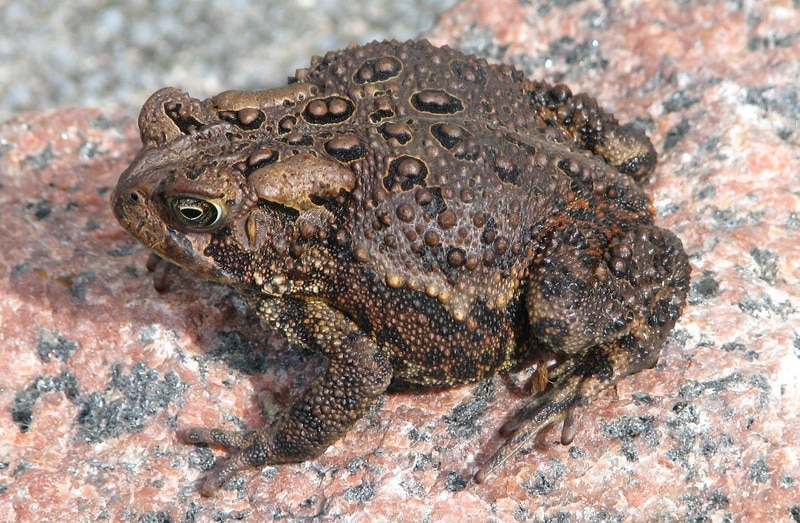
Toxicity to Dogs and Cats
Dogs and cats are smaller than humans, more likely to disturb the toad and cause the toxin to be secreted, and so are more likely to suffer from the toxic effects of American toads. The bufotoxin in the toad’s skin secretions can cause various signs when pets come into contact with or ingest it. While this toxin doesn’t tend to be deadly it can cause excessive drooling, pawing at the mouth, vomiting, and diarrhea. If you suspect that your dog or cat has had contact with an American toad or ingested one, it is essential to act quickly. Immediately rinse their mouth with running water to remove any toxin residue. Avoid directing water down their throat, as it can lead to aspiration pneumonia. Contact your veterinarian promptly for further guidance and to determine the best course of action.
Prevention and Safety Measures
- Supervise pets during outdoor activities, especially in areas with toad populations, usually around small permanent water, like ponds. Encounters with American toads are most likely to occur between March and September and early in the morning or after dark when they are most active.
- Train dogs to avoid contact with toads, and discourage them from mouthing or picking up objects without permission.
- Keep your yard free from debris that can provide shelter for toads.
- Educate children about the potential dangers of handling toads, and discourage them from touching or attempting to capture them.

Frequently Asked Questions
Are American Toads Aggressive?
American toads are not typically aggressive. They are generally calm and non-confrontational, preferring to rely on their camouflage and toxic skin secretions as a defense mechanism rather than engaging in aggressive behavior.
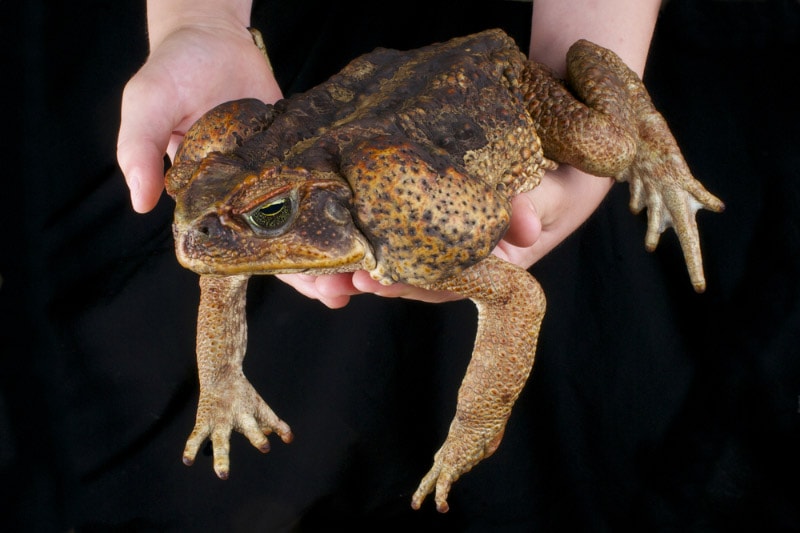
Do American Toads Hibernate?
Yes, American toads hibernate during the colder months. As temperatures drop, they seek out burrows or crevices in the ground where they can remain dormant until spring. Hibernation helps them conserve energy during the winter, when food sources are scarce.
How Long Do American Toads Live?
The lifespan of American toads can vary, but in the wild is often only a few years. The maximum reported age in the wild is 10 years and some individuals have been known to live up to 30 years in captivity.
Can American Toads Change Their Color?
American toads have a certain degree of ability to change their skin color, but it is not as pronounced as in some other amphibians. Their color changes are typically limited to lighter or darker shades within their range of natural hues and are linked to temperature, humidity and stress.
Are American Toads Endangered?
American toads are not considered endangered. They are widespread and have adaptable habitat preferences, contributing to their population stability. However, localized threats like habitat loss, pollution, and disease can impact specific populations in smaller areas.
Summary
American toads can present a danger to cats and dogs if they encounter them in the wild. The toads secrete a toxin called bufotoxin that can cause drooling, vomiting, and irritation of the mouth and face. Fortunately, encounters are quite rare because the toads are good at hiding. However, if you notice signs that your pet encountered a toad, contact your vet immediately for advice. American toads are usually not dangerous to humans, but after you handle them, washing your hands is important. Rubbing your eyes or putting your fingers in your mouth could have toxic effects.
Featured Image Credit: Miles Boyer, Shutterstock


